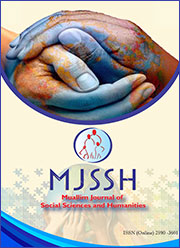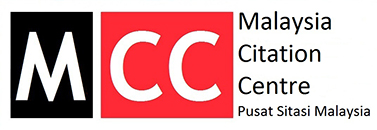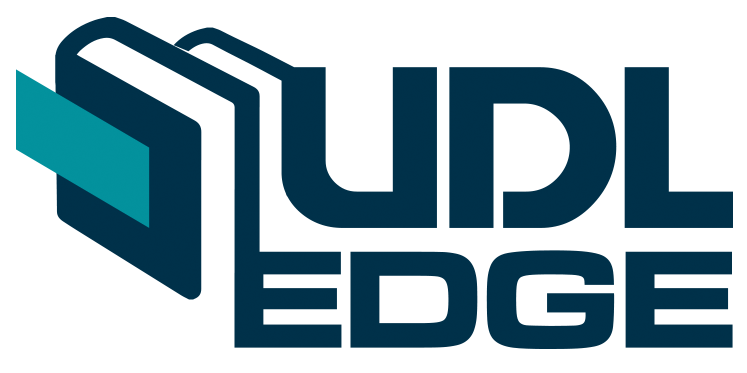Exploring the potential of Tiktok as a supplementary tool for English language learning among students
Keywords:
English language learning, second language learning, social media, TikTok, language learning toolAbstract
The use of social media as a profound educational platform holds great potential in augmenting students’ mastery of the English language, thereby facilitating substantial advancements in their linguistic competence. The introduction of TikTok has led to its rapid acceptance and preference among youth as a favoured social media platform. To explore the potential of TikTok as a supplementary tool for English as a Second Language (ESL) learning, a set of questionnaires was distributed to 150 students from various courses at Universiti Teknologi MARA (UiTM), Shah Alam Campus. The results revealed that there was a strong preference for utilising the platform in language learning as it fosters a sense of comfort and effective learning, allowing students to enhance their English language skills and establish familiarity with the language. Thus, the findings of this study demonstrate the considerable potential of TikTok as a supplementary tool for English language learning among university students. However, further research is required to explore the pedagogical implications of integrating TikTok as a tool in language learning curricula.
References
Ministry of Education Malaysia (2013). Malaysian Education Blueprint 2013-2015. Kementerian Pendidikan Malaysia.
Khan, I.U., Ayaz, M. & Faheem, M. (2016). The role of social media in development of English language vocabulary at university level. International Journal of Academic Research in Business and Social Sciences, 6(12): 590-64. http://dx.doi.org/10.6007/IJARBSS/v6-i12/2444
Anankulladetch, P. (2017). The impact of social media on ESL students’ learning performance [California State University].
Jassim, L. L. & Dzakiria, H. (2019). Effective use of Facebook in in improving Englsih communication skills: A conceptual paper. Dirasat, Human and Social Sciences, 46(2): 763-769.
Nasution, A.K.P. (2022). Social media used in language learning: Benefits and challenges. Journal of Linguistics, Literature and Language Teaching (JLLLT), 1(2): 59-68.
Rahmat, N.H. & Zainal Z. (2020). Social media and its influence on vocabulary and language learning: A case study. European Journal of Education Studies, 7(11): 1-18.
Babanoğlu, M. P. (2017). A corpus-based study on the use of contractions by EFL learners in argumentative essays. International Journal of Applied Linguistics & English Literature, 6(2).
Hassannudin, M., & Mohd Kenali, S. (2022). Students’ voices on literacy enhancement at a tertiary level. International Journal Of Modern Languages And Applied Linguistics, 6(1), 1-13. https://doi.org/10.24191/ijmal.v6i1.14257
Md Yunus, M., Nordin, N., Salehi, H., Sun, C. H., & Embi, M. A. (2013). Pros and cons of using ICT in teaching ESL reading and writing. International Education Studies, 6(7). https://doi.org/10.5539/ies.v6n7p119
Md Zolkapli, R. B. M., Mohamad, H. A., Mohaini, M. L., Wahab, N. H. A., & Nath, P. R. (2022). Code-switching and code-mixing in the practice of judgement writing in Malaysia. Pertanika Journal of Social Science and Humanities, 30(3), 1365-1382. https://doi.org/10.47836/pjssh.30.3.23
Md Zolkapli, R. B. M., Kenali, S. F. M., Hadi, N. F. A., Basiron, M. K., Iqbal, M., Latif, M. N. L. A., & Rahmat, N. H. (2023). Exploring motivation and demotivation factors for learning communication skills. International Journal of Academic Research in Business & Social Sciences, 13(7), 1501-1520. http://dx.doi.org/10.6007/IJARBSS/v13-i7/17871
Al-Faris, E., Irfan, F., Ponnamperuma, G., Jamal, A., Van der Vleuten, C., Al Maflehi, N., Al-Qeas, S., Alenezi, A., Alrowaished, M., Alsalman, R., & Ahmed, A. M. A. (2018). The pattern of social media uses and its association with academic performance among medical students. Medical Teacher, 40, 1–6. https://doi.org/10.1080/0142159x.2018.1465536
Anyau, E., Aziz, A. A., Rahman, A. L. A., Aziz, A. A., Xue, F. Y., & Rahmat, N. H. (2023). Exploring types of presence in online group work: A case study. International Journal of Academic Research in Business and Social Sciences, 13(8), 1158–1175. http://dx.doi.org/10.6007/IJARBSS/v13-i8/17738
Al-Rahmi, A. M., Shamsuddin, A., Alturki, U., Aldraiweesh, A., Yusof, F. M., Al-Rahmi, W. M., & Aljeraiwi, A. A. (2021). The influence of information system success and technology acceptance model on social media factors in education. Sustainability, 13(14), 7770. https://doi.org/10.3390/su13147770
Zachos, G., Paraskevopoulou-Kollia, E.-A., & Anagnostopoulos, I. (2018). Social media use in higher education: A review. Education Sciences, 8(4), 194. https://doi.org/10.3390/educsci8040194
Zgheib, G. E., & Dabbagh, N. (2020). Social media learning activities (SMLA): Implications for design. Online Learning, 24(1), 50-66. https://doi.org/10.24059/olj.v24il.1967
Al-Sabaawi, M. Y. M., Dahlan, H. M., & Shehzad, H. M. F. (2021). Social media usage for informal learning in Malaysia: Academic researcher perspective. International Journal of Information and Communication Technology Education (IJICTE), 17(2), 103-117.
Sukri, H.I.M., Mustapha, L., Othman, M., Aralas, D., & Ismail, L. (2018). Social media: engaging language learning. International Journal of Academic Research in Business and Social Sciences, 8(12), 287–294. http://dx.doi.org/10.6007/IJARBSS/v8-i12/5013
Kamarul Azlan, N. A., Azman, R. A., Wan Mohd Azman, W. N. A., & Mohi, Z. (2021). Students’ experiences towards open and distance learning (ODL) service quality in UiTM Puncak Alam. Journal of Tourism, Hospitality & Culinary Arts (JTHCA), 13(2), 127-155.
Azlan, N. F., & Md Yunus, M. (2020). Undergraduates student perceptions’ of social networking sites to improve English writing skills in Malaysia. International Journal of Learning, Teaching and Educational Research, 19(3), 329-351. https://doi.org/10.26803/ijlter.19.3.18
Al-Khalidi, I., & Khouni, Q. (2021). Investigating the effectiveness of social media platforms (SMPs) in English language teaching and learning from EFL students’ perspectives. Journal of Applied Linguistics and Language Research, 8(4), 46-64.
Sharlovych, Z., Vilchynska, L., Danylyuk, S., Huba, B., & Zadilska, H. (2023). Digital technologies as a means of improving the efficiency of higher education. International Journal of Information and Education Technology, 13(8), 1214-1221. http://dx.doi.org/10.18178/ijiet.2023.13.8.1923
Published
 Abstract Display: 84
Abstract Display: 84  PDF Downloads: 58
PDF Downloads: 58 













 This work is licensed under a
This work is licensed under a